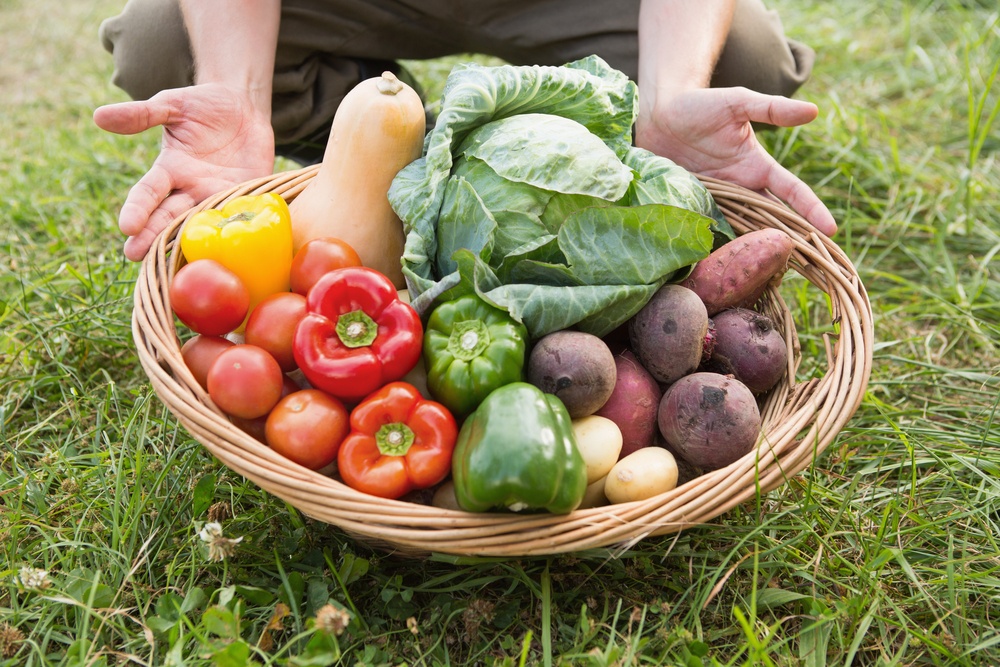Trends come and go, but in foodservice, one major dining trend appears to have firmly planted itself for the long haul.
The farm-to-table movement, also known as farm-to-fork, or farm-to-market, is a reflection on how consumers have evolved with a desire to be educated on the food they’re eating and where that food was grown. And many restaurants, school cafeterias, and commercial kitchens all over the country are embracing a farm-to-table menu.
What is Farm-to-Table?
Farm-to-table is simply that – foodservice operations sourcing their ingredients directly from local or regional farms. This method of ingredient sourcing educates consumers about the food they eat, while providing them fresher and often tastier menu items rather than processed, nutrient-deficient options.
Is the farm-to-table movement is here to stay? For the answer, look no further than the National Restaurant Association’s What’s Hot 2018 Culinary Forecast, which identifies the food and beverage trends that are heating up in restaurants this year. Among its top ten trends, hyper-local sourcing of food, or growing ingredients right on the premises, and even in the kitchen, will be prominent in restaurants. Natural ingredients, locally sourced proteins and meats, and farm-branded menu items all fall under the farm-to-table umbrella.
Benefits of Locally Sourced Food
Farm-to-table benefits stretch from consumers to foodservice operations to the farms themselves. Let’s examine a few substantial benefits to this growing movement:
FOOD QUALITY
Local ingredients that stay local helps ensure the safety of the food supply by knowing exactly where the food came from. Food that isn’t grown to be resilient to long travel often is higher in quality, fresher, and tastes better.
ENVIRONMENTAL IMPACT
We’re always looking for ways to lessen our environmental impact. Shipping goods across the country generates higher emissions than shipping them from a few miles away. Sourcing food locally reduces the carbon footprint by a foodservice operation. A study done by the Leopold Center for Sustainable Agriculture at Iowa State University found that food travels around 1,500 from farm to customer, while locally sourced food travels an average of 44.6 miles, and emits 5 to 17 times less carbon dioxide.
COMMUNITY RELATIONSHIPS
When restaurants or commercial kitchens buy locally or regionally, it supports farms and other local businesses and boosts the community through job creation and other economic factors.
COST SAVINGS
Foodservice operations who use regional farms to source ingredients pay less for transportation and processing costs. On top of the money operators can save, they can charge premium prices for menu items unique to the region.
Bring the Garden into the Kitchen
While locally sourced ingredients are a prominent trend in foodservice, hyper-local food sourcing of vegetables, microgreens, and herbs is an inexpensive way to bring a farm-to-table menu right into your Virginia or Maryland school kitchen, restaurant, or other foodservice operation. Promoting fresh ingredients and sustainability is possible with equipment designed with the farm-to-table movement in mind.








